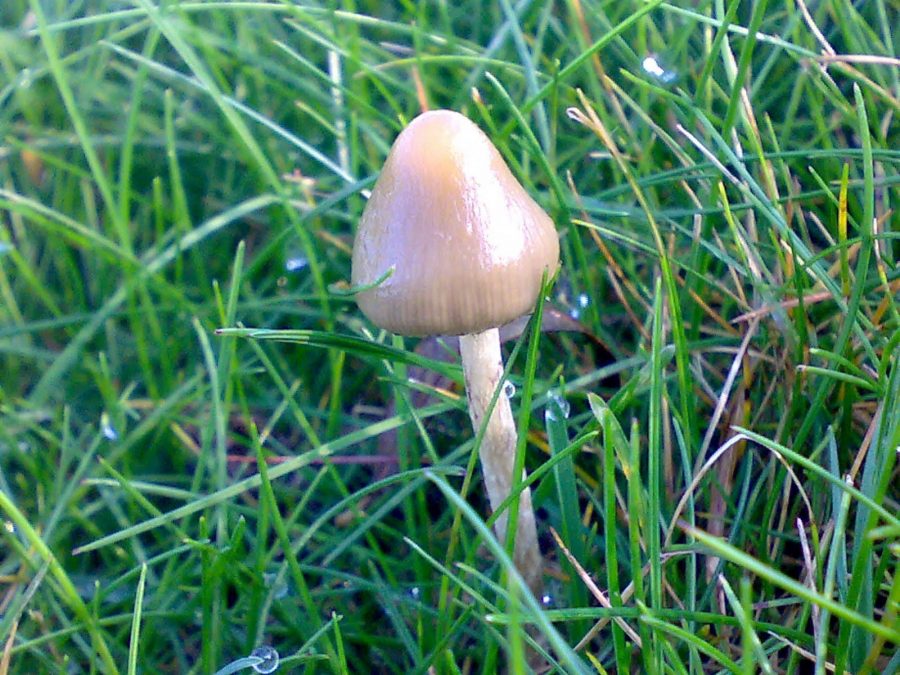The Global Drug Survey of 2017 released data on the most commonly used recreational drugs on a worldwide basis, concluding that magic mushrooms have caused the least amount of emergency room visits compared to other drugs.
Only 0.2 percent of magic mushroom users reported having to resort to medical emergencies after using the drug. On the other hand, 5 percent of methamphetamine users reported having to undergo emergency treatment. The report analyzed many types of drugs and their global usage rates. It includes data on alcohol, cannabis, tobacco, energy drinks, MDMA, cocaine, magic mushrooms, amphetamines, LSD, nitrous, prescription opioids, ketamine, electronic cigarettes, poppers, salvia, crack, synthetic cannabinoids, opium, DMT, viagra, heroin, and others.

Mushrooms and meth on both ends of the safety spectrum
The survey shows that magic mushrooms are among the most popular psychedelic drugs, mainly due to their therapeutic potential as they help the user enhance self-awareness and empathy. Out of 10,000 consumers surveyed, just 13 men and four women had to seek emergency medical treatment.
The Global Drug Survey also reveals that mushrooms are safer than LSD, mainly because of the reduced chance of taking the wrong dosage or the wrong type of mushroom. A single LSD tab is much stronger than a single mushroom. An LSD user is almost never aware of the amount of acid that’s being taken.

Contrary to magic mushrooms, crystal meth is cooked in homemade laboratories with plenty of corrosive and dangerous chemicals. Crystal meth is so dangerous that it can become deadly with a single use. After using crystal meth, one might suffer from fever, increased heart rate, stroke, and heart attack.
One of the most common effects of meth is making the user feel bugs crawling under its skin. Often, this causes the user to scratch its skin, resulting in lesions and scarring. When inhaled, meth destroys the mucosal structures in the user’s mouth, throat and lungs, weakening teeth and making sores appear everywhere. There is a loss of appetite, worsening the user’s state of physical health.
But amphetamines, not methamphetamine, are drugs that stimulate the central nervous system, resulting in loss of control and hyperactivity.
They are often used to treat ADHD and narcolepsy, a disease where the patient regularly falls asleep. Contrary to methamphetamine, amphetamines are prescribed to patients to some extent, although their use comes with many restrictions, including a history of heart disease, hypertension, anxiety, and a history of drug addiction. Just like methamphetamine, amphetamines can cause sudden death in healthy people.
Another issue tackled by the survey is the legality of each drug, as it took into account caffeine, alcohol, tobacco, and caffeinated drinks.
Mushrooms and LSD’s effects on mental health
Curiously, a 2015 study based on information provided by the U.S. National Health Survey, determined that there was no feasible link between using magic mushrooms or LSD and mental health problems including anxiety, suicidal thoughts, and depression.
The study was led by Dr. Pal-Orjan Johansen from the Norwegian University of Science and Technology. He saw that there are records of over 30 million Americans using psychedelics and just too little evidence to associate the usage rates with mental health problems.

Although mushrooms and LSD can cause confusion and heated emotions, serious harm is often rare when using these drugs. Researchers at the Norwegian University of Science and Technology looked at the use of LSD and magic mushrooms to be as safe as everyday activities such as playing soccer or riding a bicycle.
Additionally, psychedelics have been used for therapy, starting in the 1950s. When it was first manufactured, LSD was distributed freely by Sandoz Laboratories. This allowed research on the drug to take place without restrictions. In the 1960s, many studies were published detailing how patients reacted when administered psychedelic drugs. One of the main challenges in psychedelic therapy were the unpredictable results and lack of patterns able to be reproduced in controlled environments.
Regarding other drugs, 1.2 percent of the surveyed MDMA users visited the emergency room, compared to 1 percent of cocaine users. The rates for 2017 appear to be higher than those reported in previous years.
Source: Global Drug Survey
